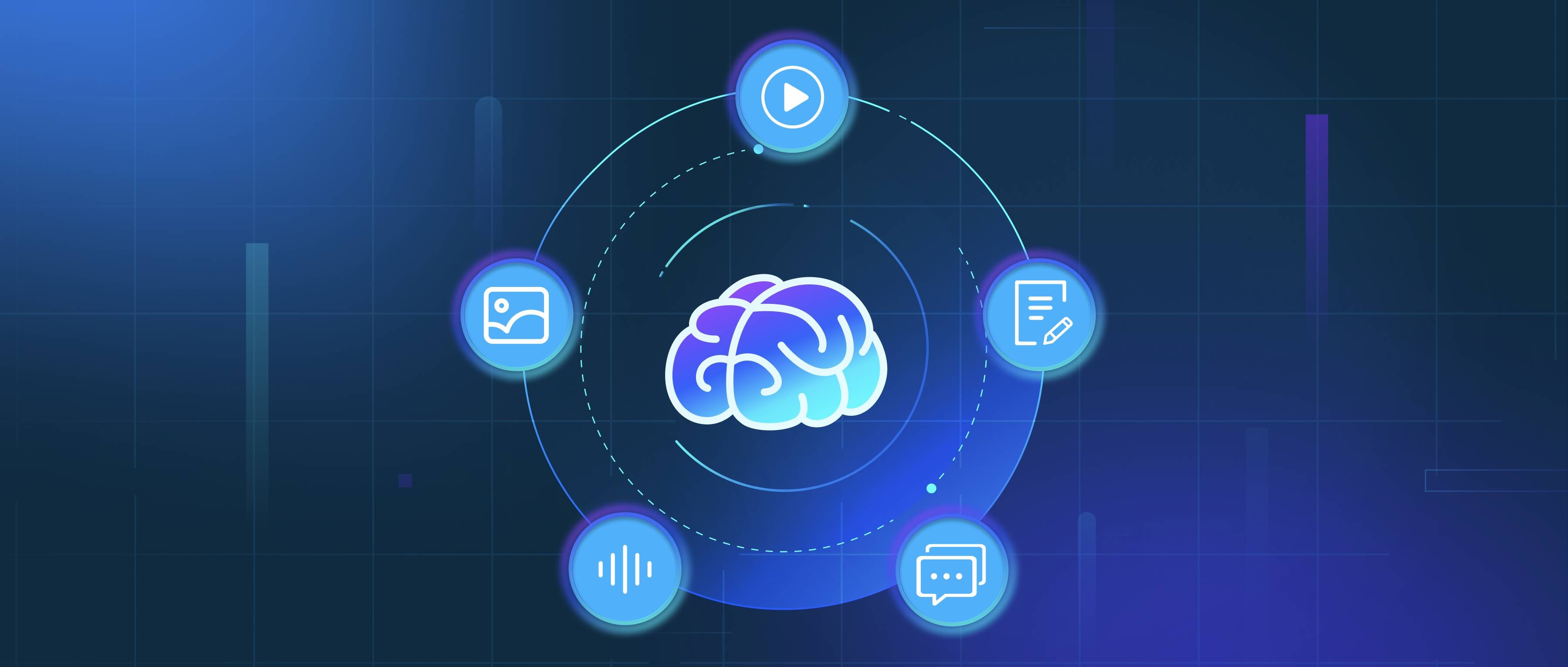The best algorithm for object detection depends on the specific use case, as different algorithms offer varying levels of accuracy and efficiency. Some of the most widely used algorithms include YOLO (You Only Look Once), SSD (Single Shot Multibox Detector), and Faster R-CNN (Region-based Convolutional Neural Networks). YOLO is known for its speed and is often used in real-time applications, where detection needs to occur quickly. It divides the image into grids and predicts bounding boxes and class probabilities for each grid cell. SSD is similar to YOLO but tends to offer a balance between speed and accuracy, making it a good choice for a variety of applications, including mobile devices. Faster R-CNN, on the other hand, is known for its high accuracy, especially in applications where precision is critical, though it requires more computational resources. In practice, the choice of algorithm should consider trade-offs between accuracy, speed, and available computational power. For example, in surveillance systems where real-time processing is crucial, YOLO might be preferred, while in medical imaging, where accuracy is paramount, Faster R-CNN might be the best option.
What is the best algorithm for object detection?

- Exploring Vector Database Use Cases
- The Definitive Guide to Building RAG Apps with LlamaIndex
- Natural Language Processing (NLP) Advanced Guide
- Advanced Techniques in Vector Database Management
- Retrieval Augmented Generation (RAG) 101
- All learn series →
Recommended AI Learn Series
VectorDB for GenAI Apps
Zilliz Cloud is a managed vector database perfect for building GenAI applications.
Try Zilliz Cloud for FreeKeep Reading
What are the main challenges of federated learning?
Federated learning presents several notable challenges that developers must navigate to build effective models. One of t
How do I deal with missing or incomplete data in a dataset?
Dealing with missing or incomplete data in a dataset is a common challenge that developers face when working with data.
What is the role of statistical methods in anomaly detection?
Statistical methods play a crucial role in anomaly detection by providing a framework for identifying patterns that devi